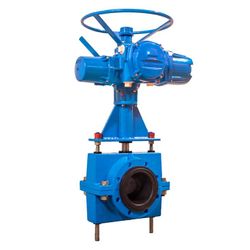
What is a Float Valve? Working Principle & Function
A Float Valve, which opens and closes based on the level of liquid in the tank, can be used to manage the water level. A float controls the valve mechanically. Float valves are industrial tools that are often used in industrial refrigeration systems to manage liquid levels. Float valves are used as throttling units in large refrigeration systems. In order to prevent overflowing, these valves regulate the water level in tanks and cisterns. High pressure, low pressure, and medium pressure valve applications are all possible with these valves. The device is used as a throttling device in large industrial refrigeration operations.
Need industrial equipment, parts, or services? Submit an RFQ and get quick quotes.
Get a QuoteNeed industrial equipment, parts, or services? Submit an RFQ and get quick quotes.
Get a QuoteTop Companies in Float Valve
Top Devices in Float Valve
Related RFQs
Float Valves
LNQ-22121441
Float valve
LNQ-22111577
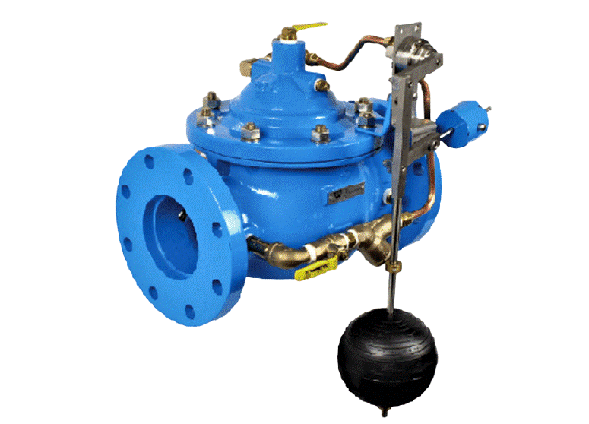
What is a Float Valve?
A float monitors changes in the liquid free surface's height and opens or closes a valve in response. In-home water systems, a large number of small float valves are used. The level in the cold water header tank is maintained by a float valve, which controls the pressure in the hot water system.
What Is a Float Valve and What Does It Do?
This valve can be used to manage the amount of water in a tank, and it can open and close as the liquid level changes. This valve is mechanically operated by a float. These are liquid level control valves, which are commonly seen in industrial refrigeration systems. The float valves are employed as a throttling device in large refrigeration systems. Float valves are actuated lever valves used to control the level of liquids in a tank.
Function of a Float Valve
Float valves are utilized in a variety of industrial applications and can be used in conjunction with other valves. The liquid level measured by the float causes the float valves to open and close. A hollow metal or plastic ball could be used as the float. The employment of a float valve in flow pressure-lowering valves is an example of float valve action. The float valve can control the main valve by utilizing a sub-valve. The sub valve would set a water level in the tank, and if the water level rose over that level, it would close, allowing the main valve's back pressure chamber to rapidly handle the pressure. As a result, in major industrial plants, the float valve can be utilized to manage the water level.
What’s In the Float Valve?
The ball float and float lever are visible, but the float valve is buried inside the valve body. We would see one of two mechanisms if we had an X-ray view: a slide valve or a diaphragm valve.
The valve is made up of a horizontally sliding cylinder. The chamber of the float lever forces it against the water intake in the closed position, blocking the water flow. The piston leaves the gate when the float drops, allowing the water to flow.
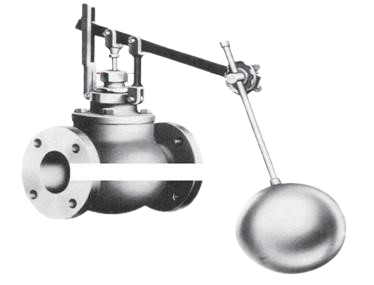
The diaphragm valve functions similarly to the sliding cylinder valve, with the exception that the rubber membrane replaces the sliding cylinder. This sort of valve usually contains a screw that allows you to change the diaphragm tension to increase or decrease the valve's sensitivity to pivot arm movement. The ball valve diaphragm is closer to the water entrance when this screw is tightened, and the valve closes early.
Flow Valve Against Float Switch
In the toilet, you'll find an air-filled balloon connected to a bar, which is connected to a filling valve. The float lowers below the water level when you unload, the rod opens the filling valve, and water begins to flow towards the tank. When the stem closes the valve and the water stops, the float rises to a certain extent with the water. This is an example of a float valve in action.
The float switch works on the same concept as the valve, but instead of activating the valve, it triggers a switch that runs the pump. The pump may be used to fill the reservoir (as in some well systems) or to drain the well (as in a discharge pump). The switch in the sump system is turned on to start the pump and does not turn off when the water level rises.
Applications of a Float Valve
- These valves are used in water tanks and cisterns to keep the water level consistent and avoid overflow.
- The water's flow is regulated by the ball's rise and fall.
- Low pressure, high pressure, and medium pressure applications are all suitable for these valves.
- In big industrial refrigeration systems, it is employed as a throttling device.
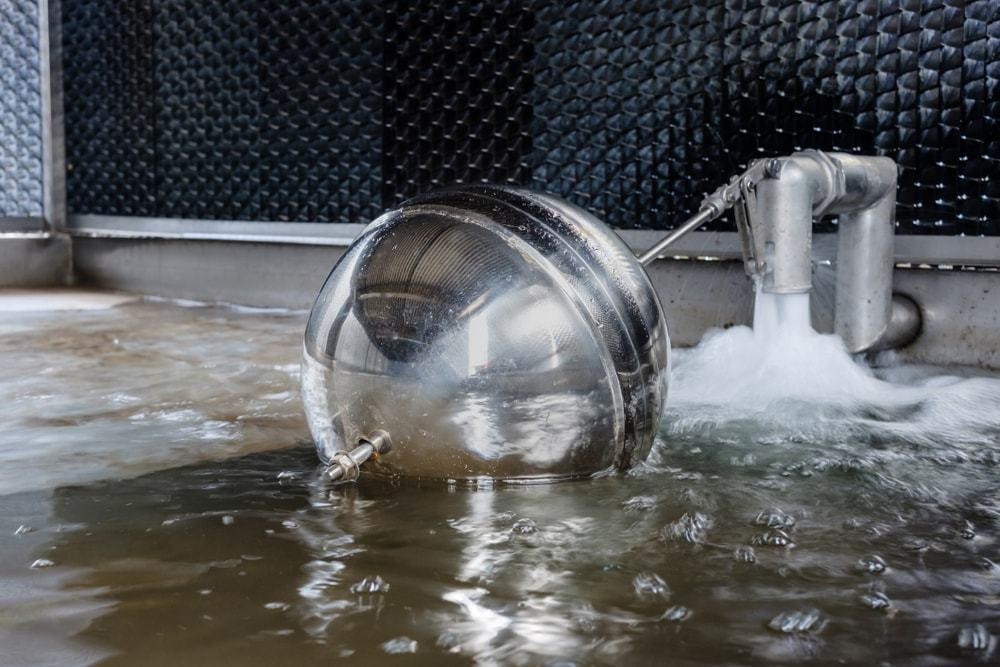
Other main applications of a float valve are:
- Condensate tanks
- Water heaters
- Sprinkler services
- Reservoirs
- Cooling tower
- Swimming pools
- Open or closed storage tanks
Selection of a Float Valve
There are several important variables to consider when selecting a float valve, such as:
- According to the size of the valve
- Media
- Connections
- Maximum operating pressure
- Globe or angle pattern
- Maximum temperature
- The discharge pressure of the valve if other than the atmosphere
You can find a great deal of Float valve Companies and Manufacturers in Linquip, along with expert Service Providers.
Float Valve Construction
Float rods are constructed of brass, stainless steel, or galvanized pipe in float valves. Stainless steel trim can be seen on the float valve, main valve, and seat. Swivel adaptor allows vertical float rod operation, replaces the rosette, and connects the lever and float rod. For high-temperature applications, teflon is employed in the discs and cups.
High flow rates with minimum head loss are among the design factors. Cavitation and noise can be reduced, frictional resistance and shut-off loads can be reduced, and the float may be ensured by appropriately designing the valve seat. These valves come with tiny and big orifices, small floats, long levers, or short levers, and can be pilot-operated or standard. The float valves must not be overrated in terms of flow or pressure to achieve optimum valve life.
Float Valve Installation
The float valve must be installed horizontally; it cannot be installed vertically to discharge water. In order to perform thorough maintenance, an isolation valve should be fitted before the automatic float control valve so that the pipe system can be drained. The installation of the float valve should only be done by a professional.
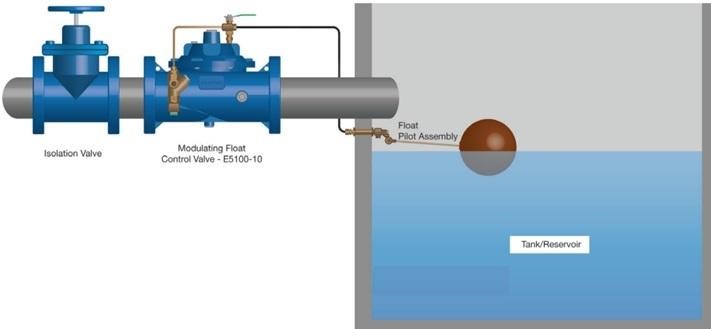
If you want to install the float valve properly, follow this guide step by step:
First, remove the bulkhead fitting from the tank when installation. Then, install the valve assembly after removing the drain stopper. When placing float valves in water tanks, the float should be placed at the surface of the water, where it will be least affected by the waves. The discharge pipes would prevent the waves from forming. The stem of the valve must be vertical to avoid friction on the inner valve slipping.
What Are the Types of the Float Valve?
Float valves are classified into two varieties based on where the float chamber is located. A low-side float valve or a high-side float valve are two types of float valves.
Low Side Float valves
These valves are typically seen in flooded refrigeration operations. In a flooded evaporator or a float chamber linked to the evaporator, this valve would maintain a consistent liquid level. As a result, as the load rises, the refrigerant will evaporate from the evaporator. As a result, the liquid level in the evaporator or the low side float level drops for a brief period of time. The float then moves and assists in increasing the valve opening, allowing more refrigerant to flow into the evaporator and restoring the liquid level to normal. The majority of low-side valves are employed in industrial control systems.
High Side Float Valve
The float chamber is located in the evaporator in the low-pressure side float valve, but it is located on the high-pressure side between the condenser and evaporator in the high-pressure side float valve. As a result, the refrigerant evaporates and condenses as the load increases. As a result, the liquid level in the float chamber would rise. The float would open the valve more, allowing the refrigerant to flow and the liquid level to return to normal. If the liquid level is low, the opposite will occur.
Float Valve Considerations
The term "floating ball valve" is sometimes used to designate a certain type of ball valve. These are not to be confused with the float valves discussed in this article.
Float valves come in a number of types, with no one design dominating the others. Other valve types tend to be more "standardized." Float valve specifiers are recommended to look into the products of a variety of manufacturers to locate the valves or valve systems that are best suited to the unique characteristics of their tank systems.
Summary
This post covered the several varieties of float valves, as well as their uses and how they work. Consult our guidelines to find potential sources of supply or check specifics on specific products for additional information on similar products. Linquip offers a wide variety of Distributer, Experts, and Equipment for Sale of Float valves.







